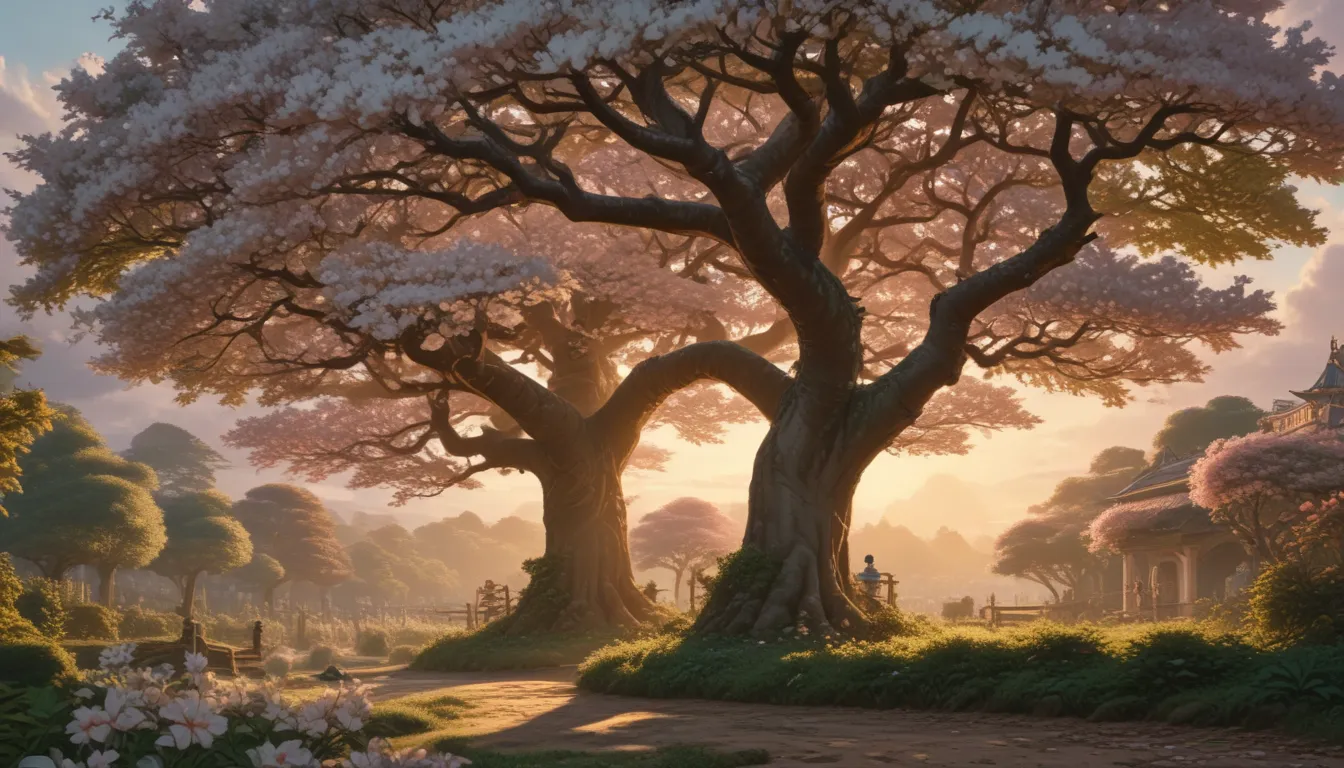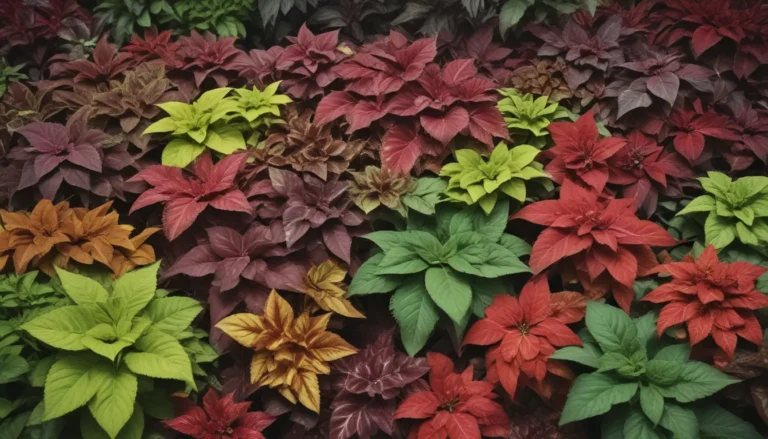How to Ensure Your Magnolia Trees Bloom Beautifully

Magnolias are a beloved addition to any landscape, known for their stunning flowers and unique foliage. While their leaves offer interest when not in bloom, it’s the flowers that truly steal the show. However, sometimes magnolia trees fail to produce those sought-after blossoms, leaving gardeners disappointed.
In this comprehensive guide, we’ll explore the reasons why magnolia trees may not bloom, what you can do about it, and how to prevent it in the future. Whether you’re a seasoned gardener or new to growing magnolias, this guide is filled with valuable information to help you ensure your magnolia trees bloom beautifully.
Common Causes of Magnolia Trees Failing to Bloom
Here are seven common reasons why magnolia trees may not flower as expected:
- Age
- Cold Weather
- Drought
- Fertilizer Problems
- Pruning at the Wrong Time
- Stress
- Too Much Shade
Let’s delve into each of these causes and how you can address them to encourage blooming in your magnolia trees.
Age
Flowers are the plant’s way of reproducing, and just like humans, plants need to reach maturity before they can produce blooms. The age at which a magnolia tree reaches maturity varies depending on the species, hybrid, or cultivar you are growing. Some magnolias, such as saucer magnolias, bloom at a young age, while others like southern magnolias take longer to start blooming. If your magnolia tree is young and has never bloomed, it may simply not be mature enough yet.
Cold Weather
Frost can be a significant factor in magnolias failing to bloom. Magnolia flowers are sensitive to frost, and if temperatures drop below 32°F when the flowers are opening, it can damage or kill the buds. Protect your tree from frost by covering it with frost cloth if possible.
Drought
Drought conditions, especially towards the end of the growing season, can deprive magnolia trees of the energy they need to produce flowers. Ensure your tree receives adequate water, particularly in the fall, to support flower production.
Fertilizer Problems
Overfertilizing with nitrogen can lead to excessive leaf growth at the expense of flowering in magnolia trees. Test your soil regularly to determine its nutrient levels and adjust your fertilizer application accordingly.
Pruning at the Wrong Time
Pruning magnolia trees in the fall can remove developing flower buds, preventing blooming in the following season. Prune your trees in the spring or summer after flowering to avoid removing potential blooms.
Stress
Stress from factors like prolonged flooding, pest infestations, or diseases can impact a magnolia tree’s ability to produce flowers. Provide proper care to reduce stress on your tree and monitor for pests and diseases to address them promptly.
Too Much Shade
Magnolia trees generally need full sun to thrive and flower successfully. If your tree is not receiving at least eight hours of direct sunlight, consider relocating it to a sunnier spot to encourage blooming.
By addressing these common causes, you can help your magnolia trees bloom and thrive in your landscape. Stay tuned for more tips and advice on growing magnolias and creating a beautiful garden. Let’s ensure your magnolia trees put on a breathtaking floral display for you to enjoy year after year.





